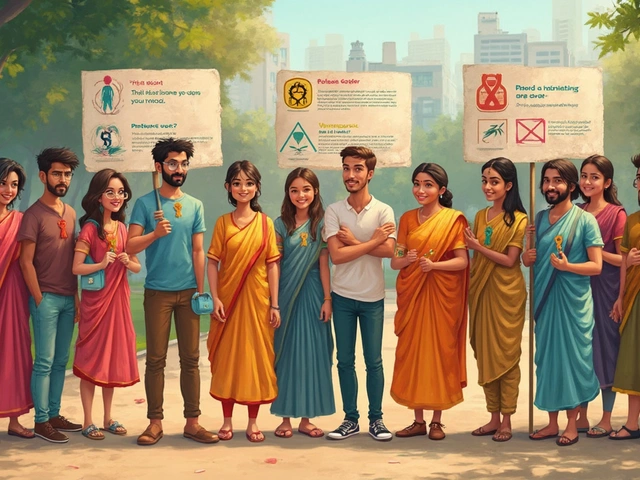Cancer Statistics in India: What the Numbers Show
Ever wonder how many people in India are actually battling cancer? The latest data from the National Cancer Registry tells us the story in clear numbers. In 2023, around 1.4 million new cancer cases were diagnosed across the country, and roughly 850 000 lives were lost to the disease. That means roughly one in twelve Indians will face a cancer diagnosis at some point.
Current Cancer Incidence in India
Breast, lung, oral cavity, and cervix top the list of common cancers. Breast cancer alone accounts for about 14 % of all new cases, while lung cancer follows close behind at 12 %. Oral cavity cancers, linked to tobacco chewing, still make up 10 % of diagnoses. Men are more likely to develop lung and oral cancers, whereas women see higher rates of breast and cervical cancers.
Age matters too. Over 60 % of new cases occur in people older than 50, but younger adults aren’t immune. In the 30‑40 age group, cancers of the blood and thyroid are on the rise, reflecting lifestyle shifts and better detection.
What the Numbers Mean for You
High incidence doesn’t just sit on paper—it shapes health policy, screening programs, and personal decisions. If you’re over 45, regular screenings for breast, cervical, and colorectal cancers can catch problems early, when treatment works best. For anyone who smokes or chews tobacco, quitting drastically lowers the risk of lung and oral cancers.
Geography plays a role as well. States like Delhi, Maharashtra, and Tamil Nadu report the highest case numbers, partly because of better reporting systems. Rural areas may have lower reported rates but often suffer from delayed diagnosis.
Survival rates are improving slowly. The five‑year survival for breast cancer has climbed to about 66 % thanks to earlier detection and better therapies. Lung cancer still lags, with a five‑year survival under 15 %—highlighting the need for stronger anti‑smoking measures.
So, what can you do with these stats? First, treat them as a call to action. Schedule age‑appropriate screenings, stay aware of symptom changes, and push for community health talks that share these numbers. The more people know the real figures, the quicker we can shift from treating cancer to preventing it.
Remember, cancer statistics aren’t just abstract data—they’re a roadmap for safer choices and stronger health policies. Keep an eye on updates, because the numbers change every year, and staying informed is the best defense you have.

Which Cancer Is Easiest to Survive? Clear Facts About Early Diagnosis, Treatments, and Survival Rates
Not all cancer is a death sentence. Find out which type has the highest survival rates, why early diagnosis matters, and tips for protecting yourself.

Can You Reverse Knee Stiffness? Find Out Now!
Apr, 4 2025



